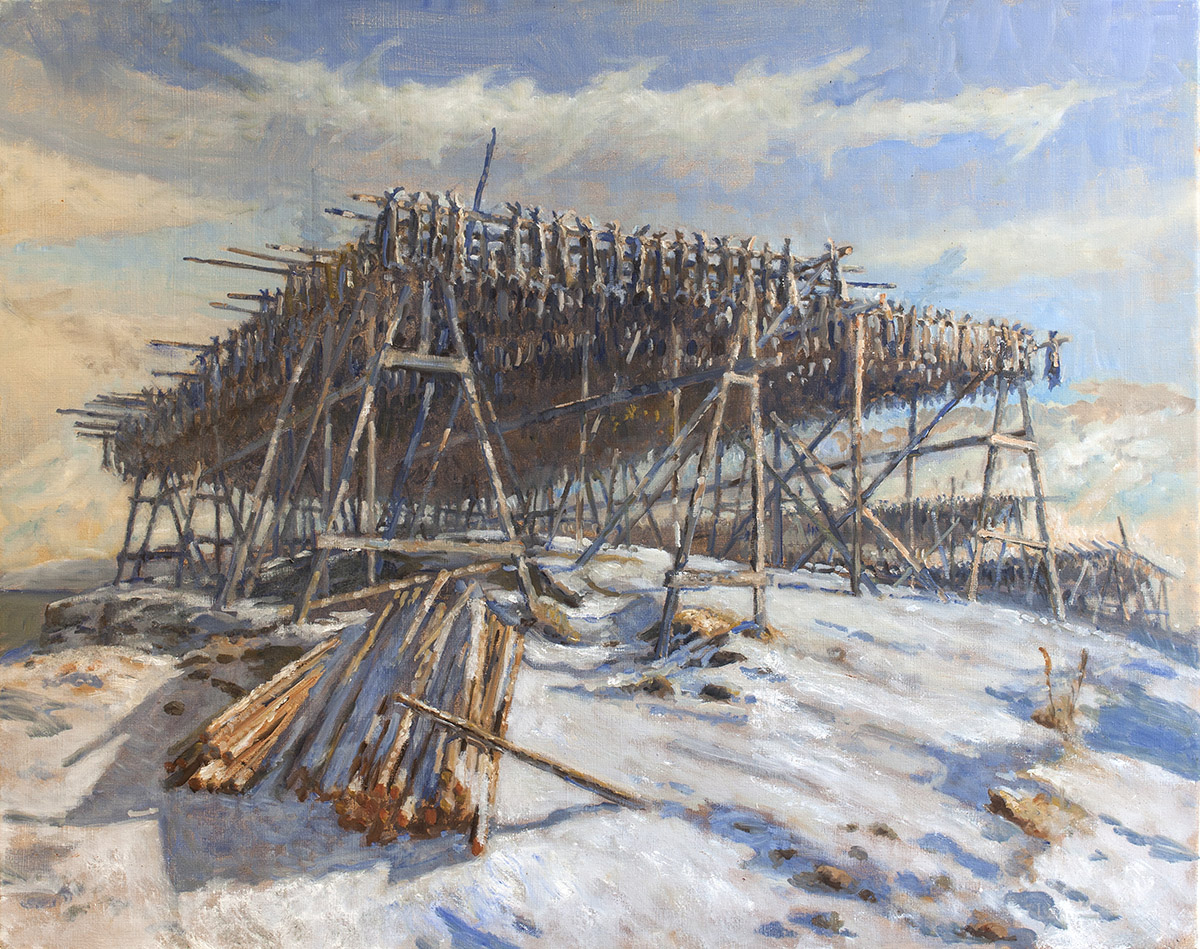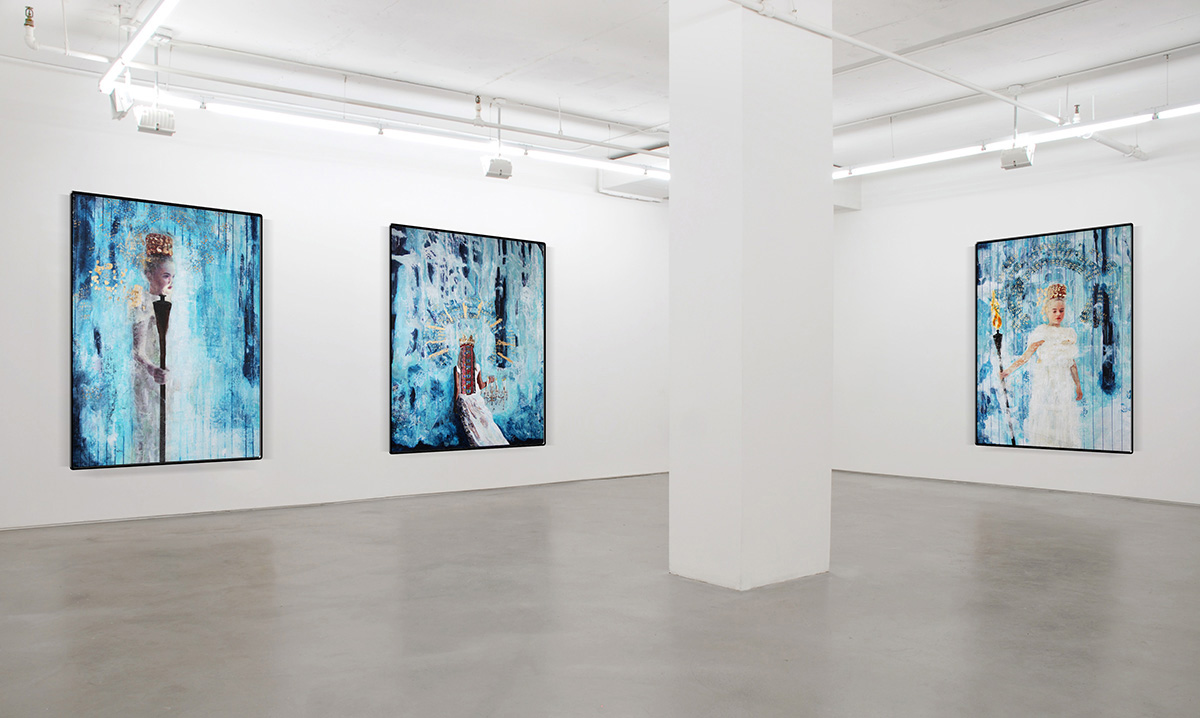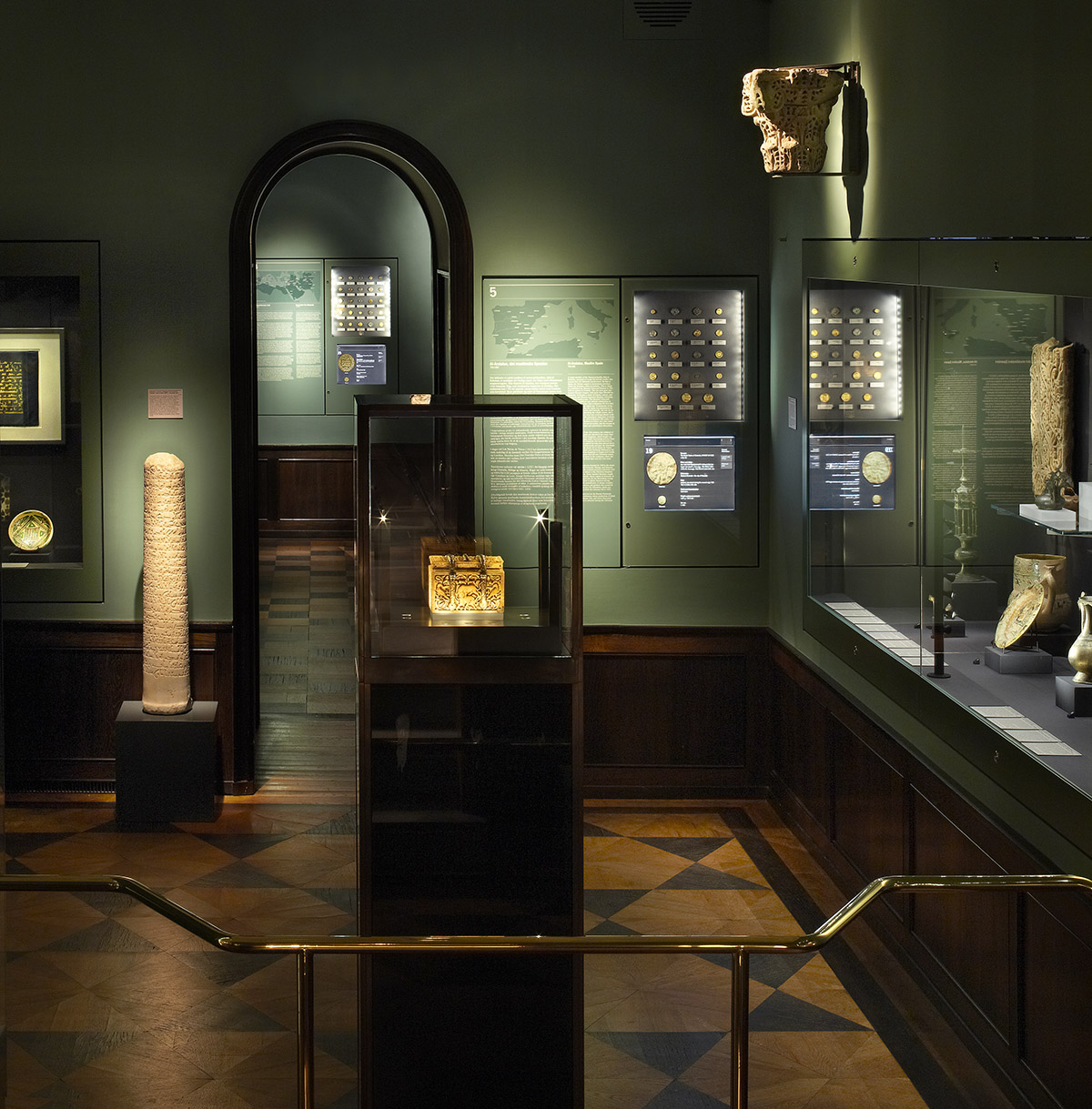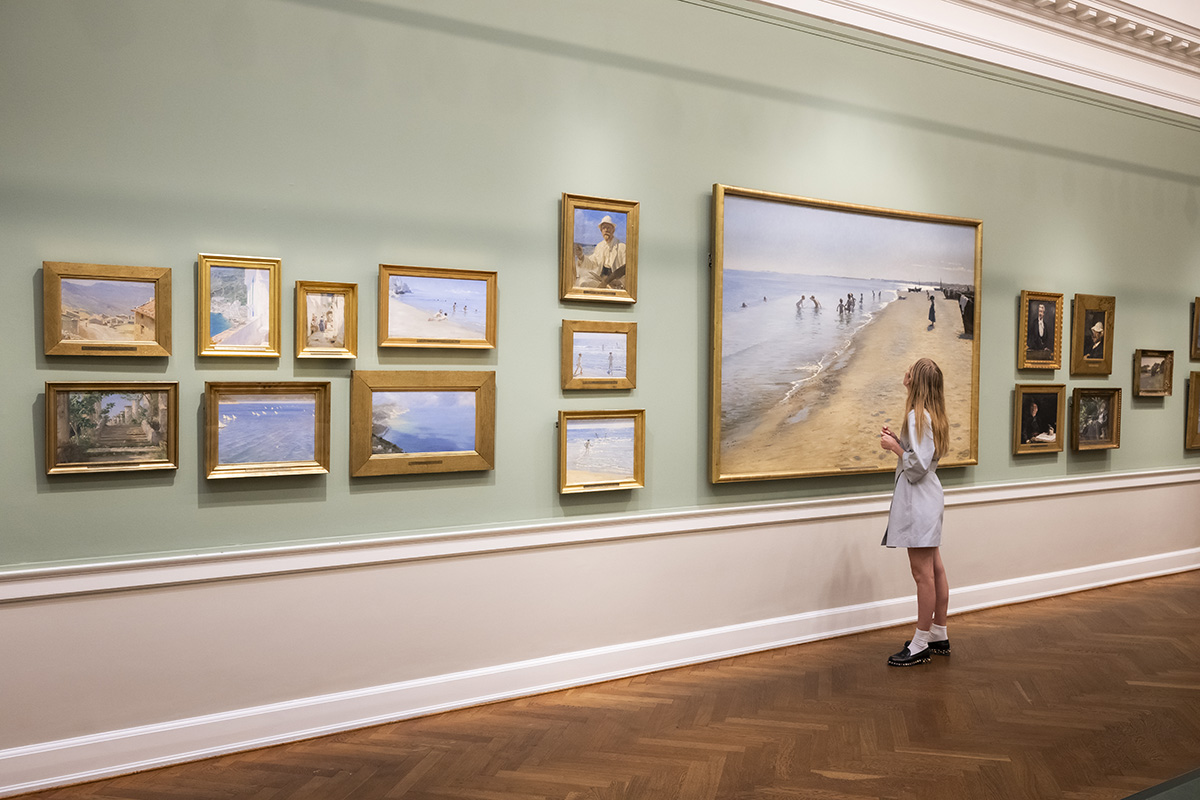Bildmuseet
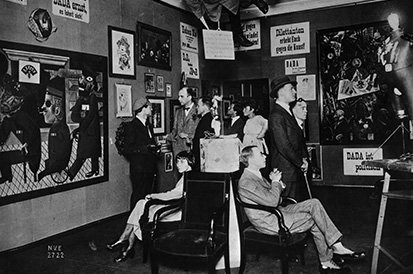
It started on 5 February 1916 in a shoddy old night club in Zürich, Switzerland. On the initiative of Hugo Ball and Emmy Hennings, a group of young artists who had fled their home countries due to World War I met at Cabaret Voltaire to express frustration about a society that had let them down and caused so much hurt and damage. The result was Dada, an artistic movement characterised by experimental texts, wildly wicked performances, creative provocation and avant garde artworks, all a protest against the hypocritical, bourgeois society. “It was a countermovement against corruption and traditional aesthetic ideals – against art with a big A. It was an attempt to bring aesthetics back down to the people, to reunite life and art,” says Brita Täljedal.
Subscribe to Our Newsletter
Receive our monthly newsletter by email

